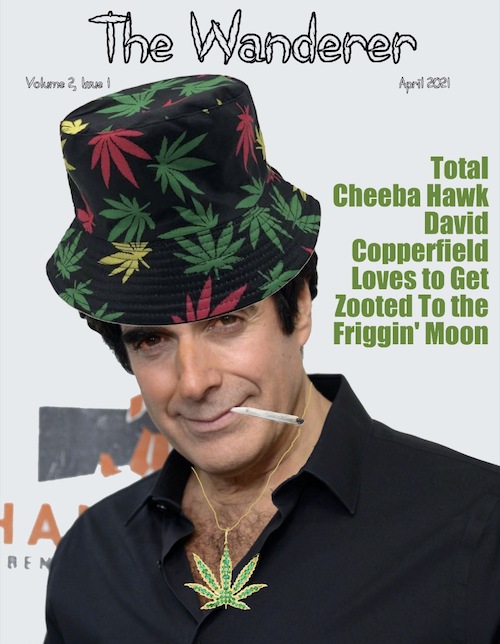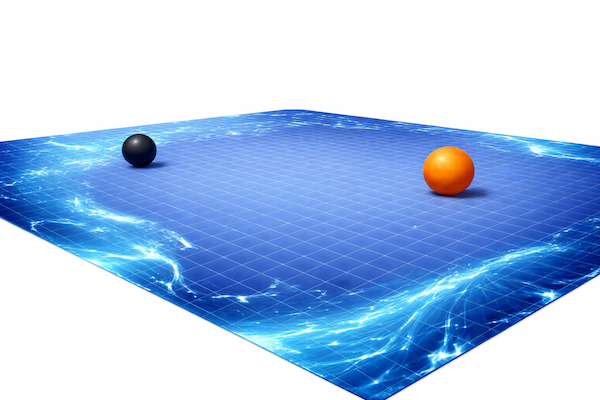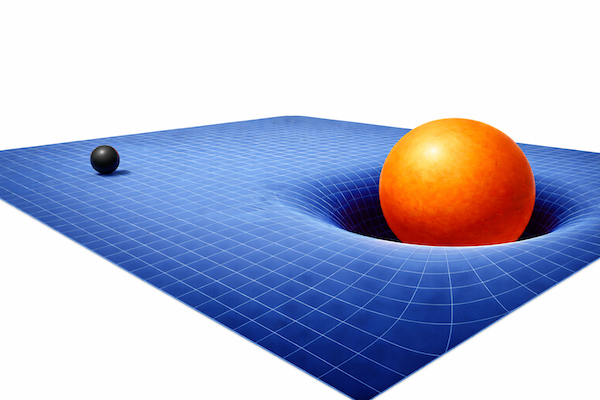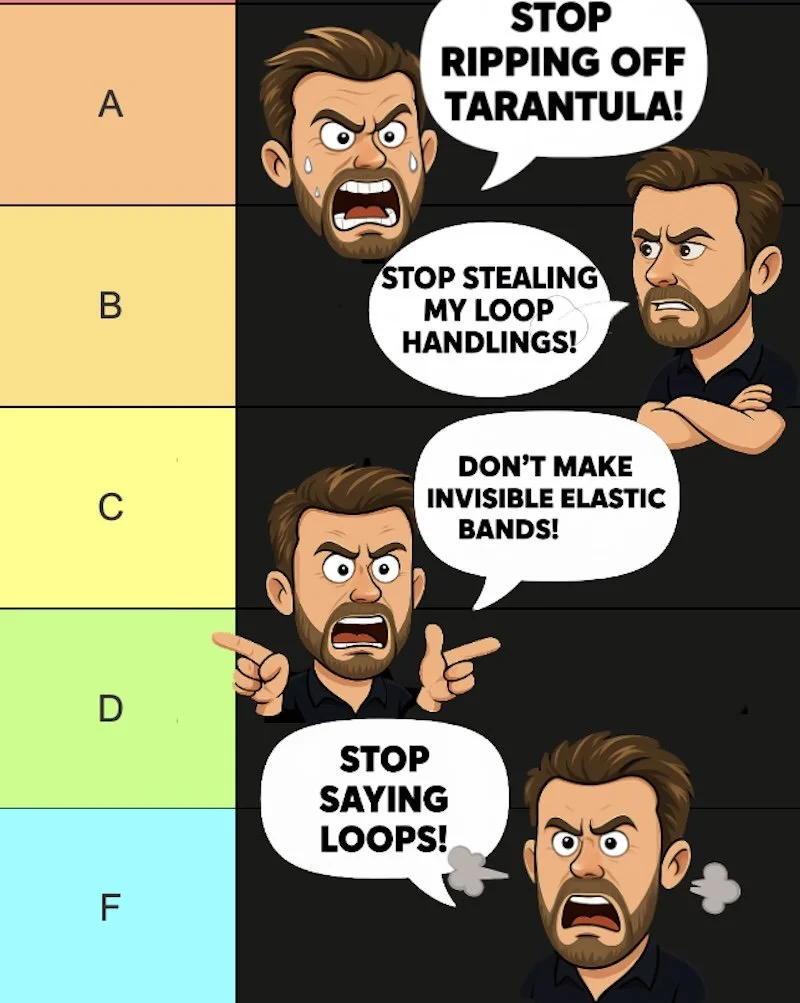Until 2026...
/This, unbelievably, is the final post for 2025. I will see you all back here on Monday, January 5th.
The relaunched version of the newsletter, Keepers #1, will be in the email of supporters on January 4th.
Got a lot of positive emails on yesterday’s post. If you want to explore other stuff I’ve written from a similar angle, check out: The Three Highlights (about taking time to notice the things you appreciate) and Invest In Your Happiness (about feeding into the things that bring you joy).
Huh?
“Okay, we have two people applying for a job. A black guy and a white guy. Point to one. The black guy? Okay. So we eliminate him and hire the white guy.”
From Marc Kerstein, regarding an old post for a trick called Peruggia. His suggested tweak makes a lot of sense to me.
I tried this at a show(!) I did tonight and it went amazingly. Being able to really emphasise that the final card never left their hand was really great - they kept mentioning that particular point afterwards.
One small change I made was not to peek the bottom card on my stack of three (as you would do normally), but instead to double lift the top card of my stack as I showed it, peeking the one beneath it. It was really easy to do even with the index cards I was using as I just did a pinky pull down on the bottom one of my stack, and it also meant I didn't need to rearrange my cards before doing the Elmsley switch. It also left me holding one card which easily could’ve been the remaining TWO cards in my other hand, making that whole peeking part stand up a bit better to scrutiny.
To be clear, he’s suggesting you turn over the top card singly, then double lift it to display it, peeking the second card in the stack.
If you familiarize yourself with the trick, you’ll see why this is likely an improvement.
A heads-up to anyone marketing a magic trick: nothing reflects more poorly on an effect than making a trailer that doesn't show what the trick actually looks like.
You'd be better off not making a video at all. At least then I could convince myself the trick is great—you just couldn't shoot a trailer, or maybe you're keeping it low-key and not actively promoting it.
But when you set up cameras, shoot footage, edit it all together, and still don't show me what it looks like? Now I'm certain it must look like dogshit.
This is the first release of 2026 that I'm really looking forward to…
Chris showed me this a few months ago and I've been waiting to get my hands on it ever since.
I've been searching for a good impression pad for ages. I bought most of the highly recommended ones but never found one I loved. They either looked weird, required careful handling, or involved some odd procedure. Even the ones built into spiral notebooks weren't ideal—I'm not a hard-boiled private eye tracking down the killer of some Park Avenue heiress in 1947, so I don't actually carry spiral-bound notebooks around. Nor does anyone I know.
But I do carry these types of pads when I'm researching or taking notes on books. This won't seem out of place for me at all.
Looks like it drops in January.
We did it, guys. Another year in the books.
Have a great Christmas, Happy New Year, and all the rest.
Now step under the mistletoe with me and let me lay one on you, you beautiful son of a gun! Get over here!














